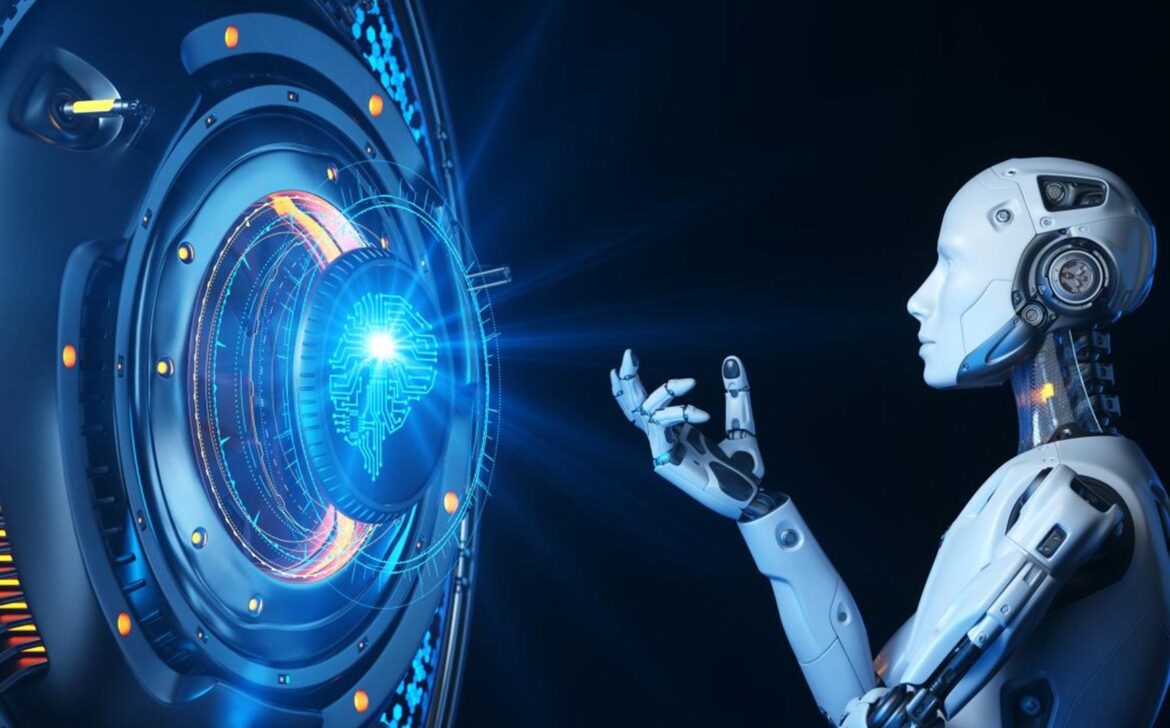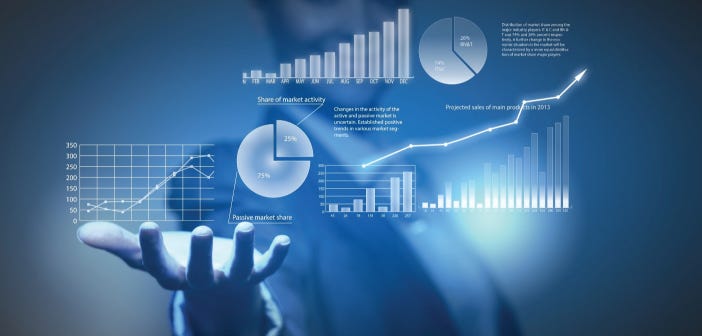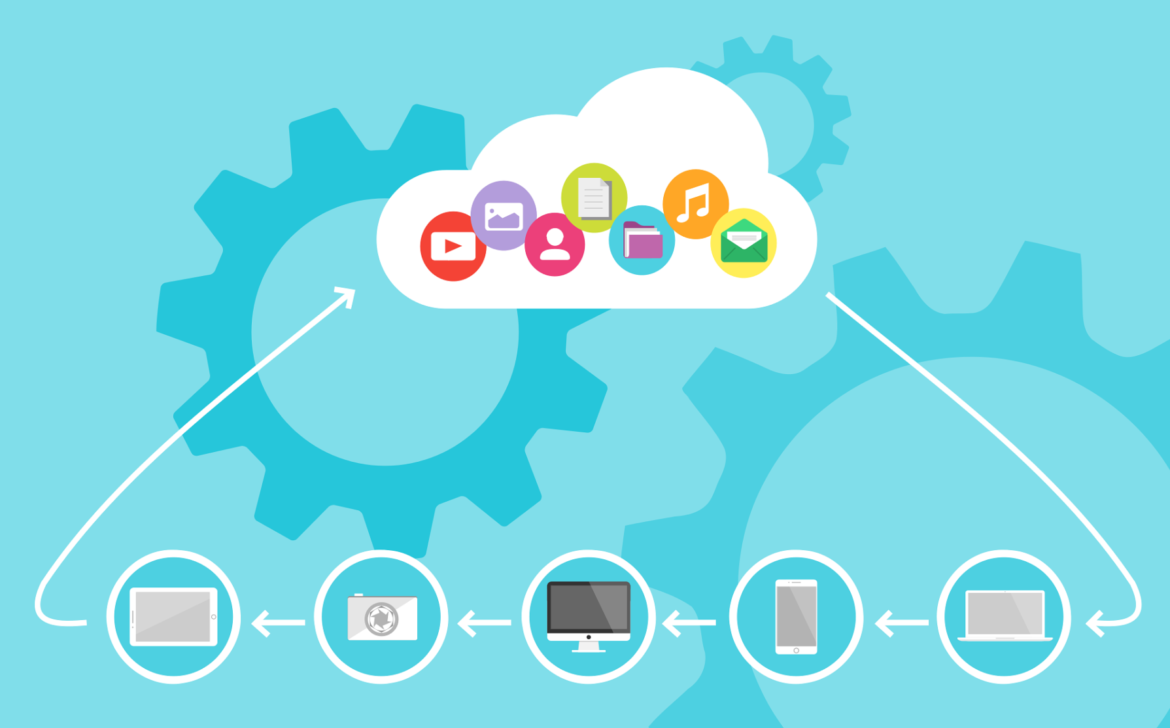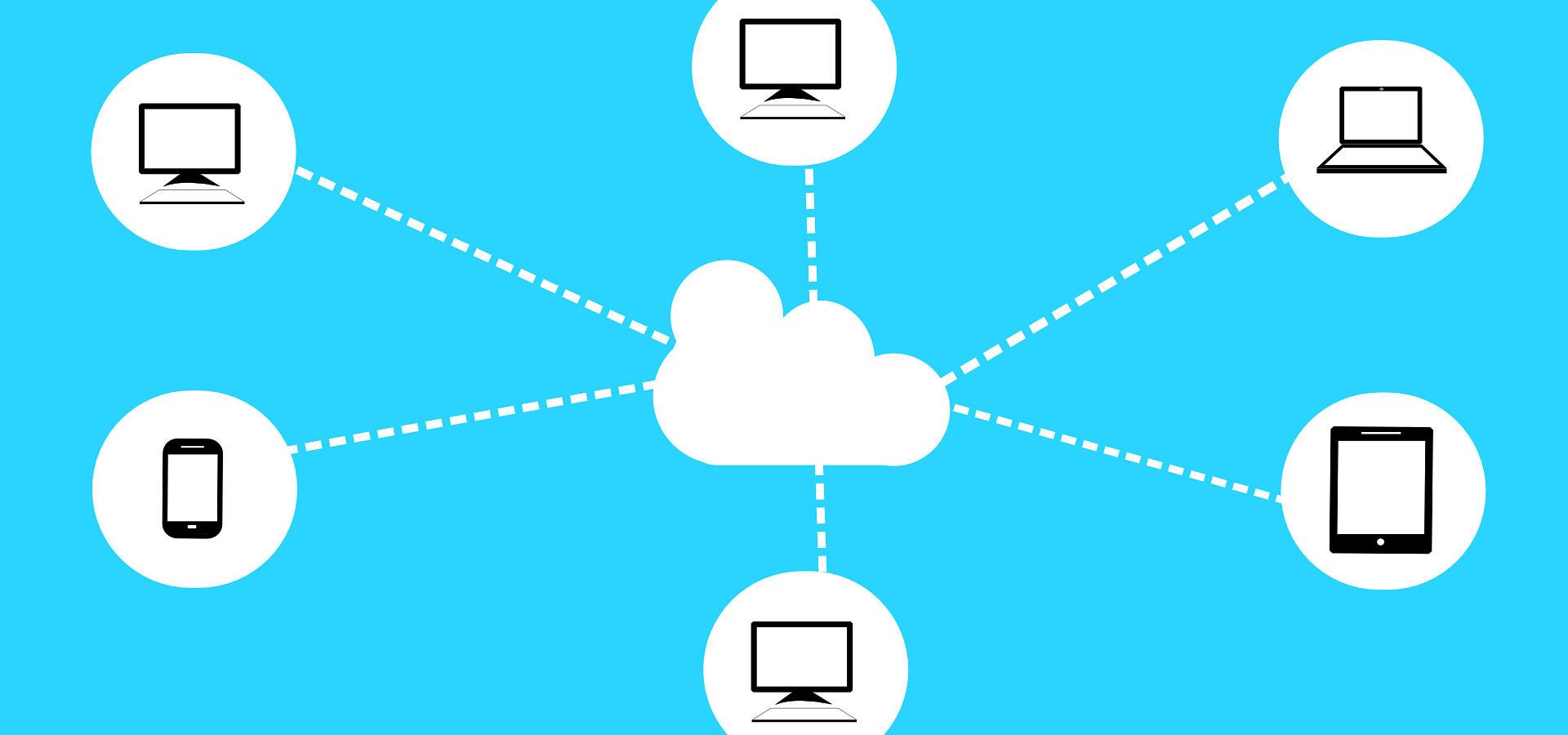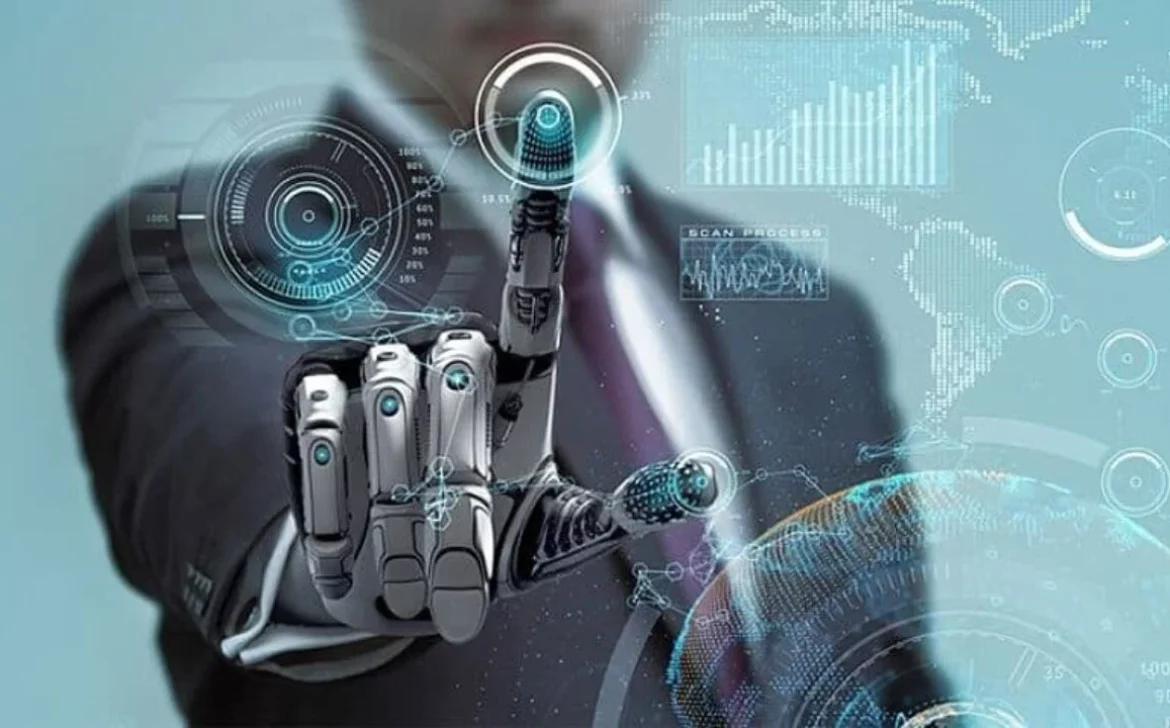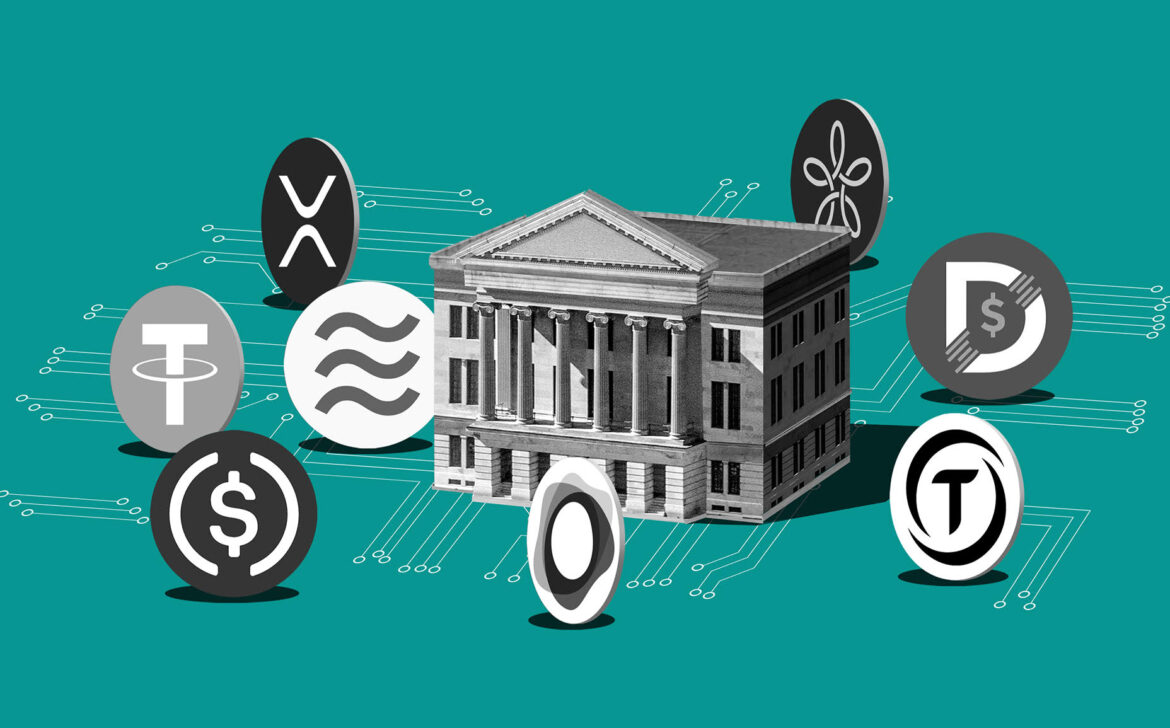The Future of Education: Trends and Innovations Shaping the Learning Landscape

Introduction:
Education has always been a cornerstone of society, providing individuals with knowledge and skills to navigate the world. As we move further into the 21st century, the future of education is being shaped by transformative trends and technological innovations. In this blog post, we will explore the exciting developments that are reshaping the learning landscape. From personalized learning experiences to the integration of emerging technologies, these trends are revolutionizing how we acquire knowledge, collaborate, and prepare for the future.
- Personalized Learning:
One of the most significant trends in education is personalized learning. Recognizing that each student has unique strengths, weaknesses, and learning styles, educators are leveraging technology to tailor instruction to individual needs. Adaptive learning platforms, data analytics, and artificial intelligence algorithms are used to assess students’ abilities and deliver personalized content, pacing, and support. This approach fosters engagement, self-directed learning, and better outcomes for students of all backgrounds and abilities.
- Blended and Online Learning:
Blended and online learning models are gaining prominence, offering flexibility and accessibility to learners. Blending traditional classroom instruction with online components allows students to learn at their own pace, access resources anytime, and collaborate with peers beyond physical boundaries. Virtual classrooms, video conferencing, and interactive multimedia enable remote and distance learning, making education more inclusive and overcoming geographic limitations. This trend has been further accelerated by recent global events, emphasizing the importance of adaptable learning environments.
- Gamification and Immersive Experiences:
Gamification is revolutionizing education by incorporating game elements into learning experiences. Gamified platforms and educational games engage students through challenges, rewards, and interactive simulations, making learning enjoyable and immersive. Virtual reality (VR) and augmented reality (AR) technologies are also transforming education by creating immersive environments that enhance understanding and enable realistic experiences, such as virtual field trips or hands-on scientific experiments. These approaches promote active learning, critical thinking, and problem-solving skills.
- Data Analytics and Learning Analytics:
Data analytics and learning analytics are empowering educators with insights to make informed decisions. By collecting and analyzing vast amounts of data, from student performance to learning behaviors, educators can identify patterns, assess progress, and personalize instruction. Learning analytics can inform adaptive interventions, early identification of struggling students, and evidence-based instructional design. This data-driven approach improves instructional strategies, enhances student outcomes, and facilitates continuous improvement in education.
- Collaboration and Global Connectivity:
The future of education emphasizes collaboration and global connectivity. Technology enables students to connect and collaborate with peers from different cultures, fostering cross-cultural understanding and global citizenship. Virtual collaboration tools, online project-based learning, and global learning networks provide opportunities for collaborative problem-solving, knowledge sharing, and cultural exchange. These experiences cultivate essential 21st-century skills such as communication, collaboration, and empathy, preparing students for an interconnected world.
- Artificial Intelligence (AI) in Education:
Artificial intelligence (AI) is revolutionizing education by augmenting instructional capabilities and expanding access to personalized learning. AI-powered chatbots provide instant support, virtual tutors offer tailored instruction, and intelligent assessment systems provide timely feedback. Natural language processing and machine learning algorithms enable adaptive learning experiences, content curation, and intelligent tutoring systems. AI enhances efficiency, promotes individualized instruction, and frees up educators’ time for more personalized interactions.
Conclusion:
The future of education is an exciting frontier driven by transformative trends and technological innovations. Personalized learning, blended and online learning, gamification, data analytics, collaboration, and AI are reshaping the learning landscape. These advancements empower learners, create inclusive and flexible environments, and equip students with the skills and knowledge needed for the challenges of tomorrow. As we embrace the future of education, it is essential to embrace these trends, leverage emerging technologies


